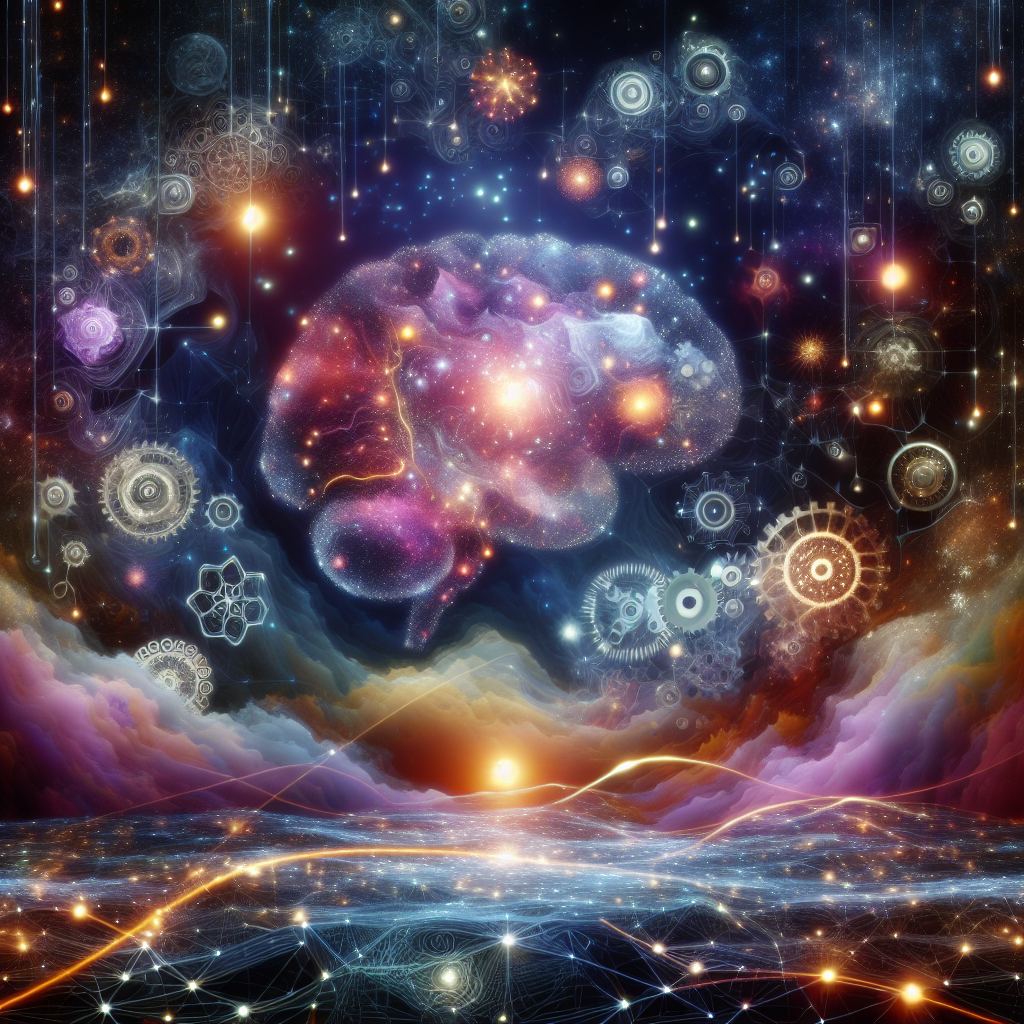Introduction
Imagine waking up one morning, looking in the mirror, and seeing a stranger—a frightening scenario highlighting the intricate dance between our brains and our sense of self. At the heart of self-awareness lies an understanding of who we are, both in the present moment and across time. Conventional wisdom suggests that this self-awareness is deeply rooted in specific brain regions, such as the insula, anterior cingulate cortex (ACC), and medial prefrontal cortex (mPFC). But what happens when these parts are damaged? Can self-awareness survive such a blow? Inspired by a recent research paper titled “Preserved Self-Awareness following Extensive Bilateral Brain Damage to the Insula, Anterior Cingulate, and Medial Prefrontal Cortices,” we’re about to embark on a journey to explore these uncharted territories of consciousness. This study challenges our understanding of how self-awareness manifests, providing a narrative as compelling as any mystery novel, peeling back the layers of what makes us ‘us’ and pushing the boundaries of neuroscience’s most profound questions.
Key Findings: Journey into the Known Unknown
The research paper presents a fascinating case about a patient with extensive bilateral brain damage affecting the insula, ACC, and mPFC—yet astonishingly, the patient maintained a robust sense of self-awareness. How could this be possible given our current understanding? By examining this unique case, the researchers found that despite severe amnesia, the patient retained his self-awareness. This included everyday tasks like recognizing himself in the mirror, identifying emotions, and even making decisions based on personal values. Imagine losing your autobiography, yet somehow, holding fast to the essence of who you are.
Through rigorous testing, the researchers discovered that while some aspects of the patient’s autobiographical memory were compromised, elements like self-recognition and self-agency remained intact. The patient’s case suggests that these brain regions may not be as crucial to self-awareness as previously thought. Instead, it hints that self-awareness might emerge from more distributed interactions in the brain that extend beyond the well-tread pathways of insula, ACC, and mPFC. This opens new avenues in understanding consciousness, prompting us to rethink which brain regions are genuinely indispensable to self-awareness.
Critical Discussion: Redrawing the Consciousness Map
One of the profound implications of this research lies in its potential to redraw the neurological map of self-awareness. For decades, scientists have pinpointed the insula, ACC, and mPFC as the reputed hubs of self-awareness. Yet, here is a patient whose brain damage appears to defy this assumption. By shifting the spotlight onto a broader network of interactions across the brain, the study suggests that self-awareness could arise from more comprehensive neural networks, including the brainstem, thalamus, and posteromedial cortices.
When placed alongside previous studies, where damage to these regions was often linked to deficits in self-awareness, such findings provoke a re-evaluation. It suggests the brain’s extraordinary plasticity and its capability to reorganize functions across different neural landscapes. This case becomes a poignant testament to the adaptability of the human brain—a theme echoed by theories of neuroplasticity, which highlight the brain’s ability to rewire itself in response to injuries and disabilities.
Moreover, these findings challenge reductionist views, which often attribute psychological phenomena to singular brain areas. We are reminded that self-awareness, in all its complexity, might spring from an integrated symphony rather than a solo performance. This insight aligns with contemporary theories proposing a multi-faceted nature of consciousness, supported by synchronized dynamics across several brain systems, rather than isolated brain localization.
Real-World Applications: Beyond the Lab
Perhaps you’re wondering: what do these academic findings mean for the real world? First, the research influences medical practices, especially in treating brain injuries. By understanding that self-awareness could be preserved post-injury, rehabilitation methods might include targeted therapies focusing on strengthening remaining neural networks rather than only on repairing damaged areas. This could be invaluable for patients who have suffered strokes or traumatic brain injuries.
Beyond medicine, broader implications spill into psychology and even education. For instance, educators armed with these insights can focus on diverse learning strategies that cater to how different individuals perceive and relate to their self-concepts. In the realm of artificial intelligence, these findings urge engineers and developers to consider the complexity of self-awareness in conscious machines, moving beyond linear programming to capture the nuanced mosaic of human consciousness.
Incorporating this knowledge into mental health practices could encourage a more compassionate approach, recognizing the resilience of self-awareness in mental disorders. It challenges stereotypes around mental capacities, offering hope and dignity to those affected by brain damage, reflecting a broader, more inclusive understanding of consciousness and identity.
Conclusion: The Unyielding Spirit of Self
As we unravel the enigma of self-awareness, this research serves as a compelling reminder: the human brain, with its intricate architecture and capacity for resilience, constantly defies simplification. Even in the face of significant structural damage, the essence of self persists, hinting at a more profound connection within the neural fabric that science is just beginning to comprehend. The study of preserved self-awareness amidst extensive brain damage compels us to reconsider our notions of consciousness, challenging us to rethink not just the brain’s mechanics, but the enduring spirit of self. It leaves us with a fascinating question: how much might we stand to gain by embracing the complexity and adaptability stitched into the tapestry of our minds?
Data in this article is provided by PLOS.
Related Articles
- Decoding the Mind: Navigating Anorexia Nervosa’s Emotional Maze
- The Heart of Connection: Exploring Oxytocin’s Role in Social Motivation
- Navigating the Ethical Maze in Neuroimaging Research: Insights from Functional MRI Studies
- Emotionally Unplugged: Understanding Alexithymia’s Impact on Our Ability to Read Faces
- Looking Through the Prism of Emotions: Revealing the Link Between Self-Perception and Emotion Recognition
- Exploring the Sweet Connection: How Sensory Sensitivity Shapes Our Eating Habits
- Decoding the Mind’s Secrets: How Early Gestation Influences Brain Development
- Bridging the Mind and Lungs: The Emotional Blueprint of Asthma
